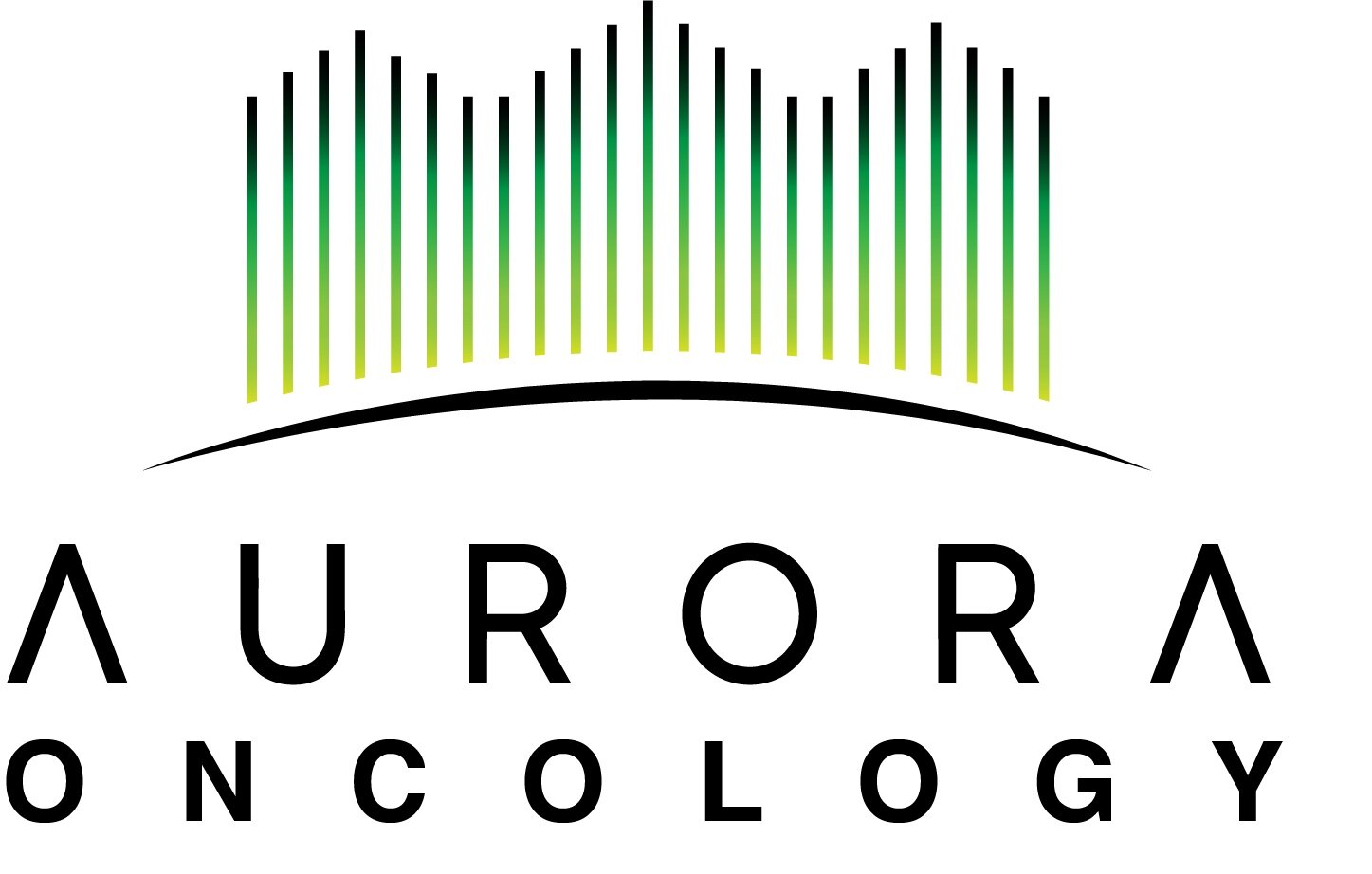
Developing Drugs and Diagnostics to treat Bladder Cancer by bringing science from the research bench to patients
Aurora Oncology is dedicated to making advances in applying the discoveries made by its founders at the University of Colorado Cancer Center a reality for patients with targetable tumors
EGF-toxin fusion protein
Our lead molecule is a modified EGF-diptheria toxin with 20 fold increased affinity for the EGF receptor often over expressed on cancer cells, particularly bladder cancer.
EGF-targeted nanoparticles
We have developed multi-functional gold nanoparticles that can be used as theranostics to better visualize, then treat superficial bladder cancer.
Aurora Oncology
Our company was created by collaborative scientists and physicians at the
University of Colorado Anschutz Medical Campus and Boulder Campus. We are members of the
SPARK program, and have achieved funding from NIH, State of Colorado, and CU Innovations.
Our discoveries are covered in the publications below.

Latest News
September, 2020 - Aurora Oncology selected by NIH to showcase technology at Bio
Competing with multiple other NIH funded recipients of SBIR funding, our company was selected to present its progress at the virtual 2020 Bio symposium
10/16/2018- Aurora Oncology selected by Stanford SPARK program to present at Bio
U of Colorado SPARK’s mentorship and funding program provides hands-on advising and funding to Stanford affiliates whose product proposals have been accepted for development. Our "SPARKees" benefit from world-class counsel from industry advisors and academic experts who work closely with them to provide the industry knowledge necessary to move their projects from bench to bedside.
8/28/2018- Aurora Oncology receives fast track funding to further the technology
The National Institutes of Health hereby awards a grant in the amount of $299,937 to AURORA ONCOLOGY, INC. in support of the EGF-DT project. 9/1/2020 - The National Institutes of Health hereby awards a grant in the amount of $1,000,745 in support of the above referenced project.
2013 - Aurora Oncology receives NIH Funding
After establishing the possibility of killing bladder cancer cells in cell culture with a fusion toxin, the company was awarded its first SBIR grant to carry the research forward into animal models to provide proof of principle for in vivo use.




